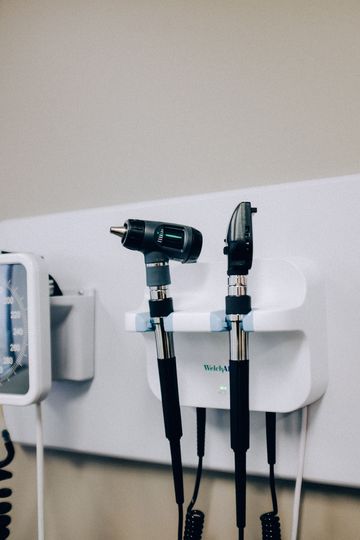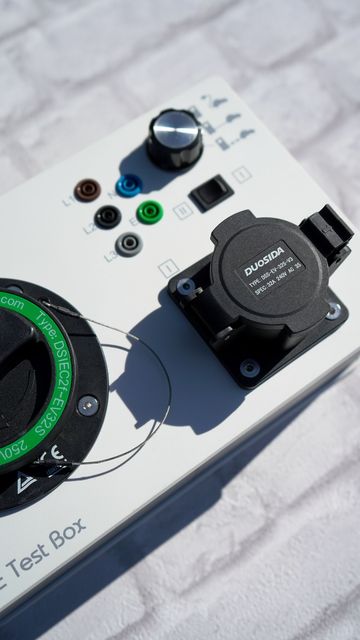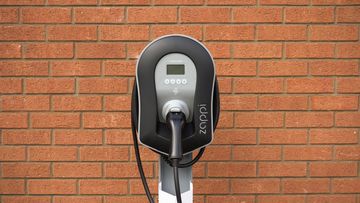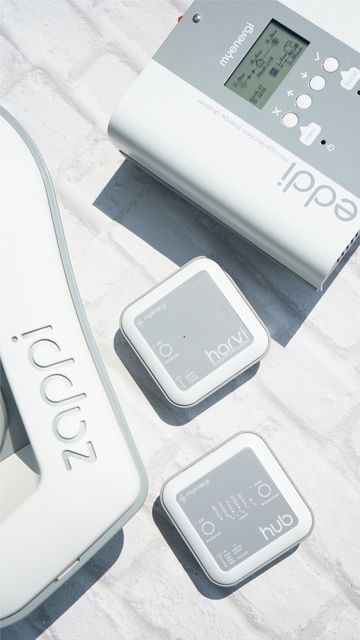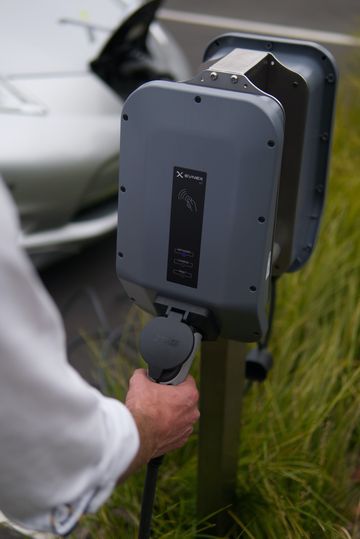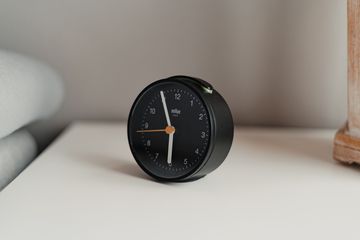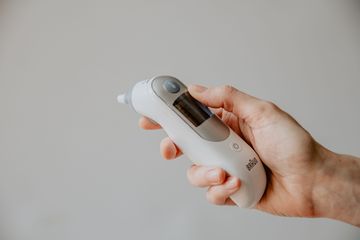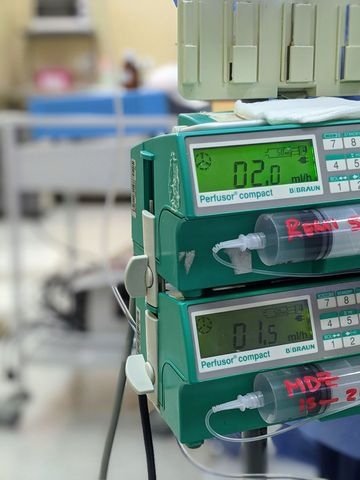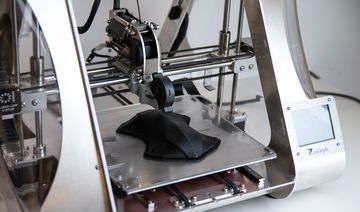
What is the CE marking?
The CE marking is a method by which the manufacturer or importer declares that their product complies with the relevant legislative requirements and confirms that the necessary assessments have been carried out, with the entire responsibility resting on the manufacturer.
Who are the stakeholders involved in CE marking?
The manufacturer (whether located within or outside the EEA).
The manufacturer of products made outside the European Union has the following obligations :
Authorized representatives may be mandated to perform some of the aforementioned tasks, but they can never assume responsibility for the product’s compliance.

Importers and Distributors (whether located within or outside the EEA).
The importer and/or distributor is obligated to ensure that the product carries the CE marking and that the EU declaration of conformity and user instructions are available (to be requested mandatorily from the manufacturer). They are also required to isolate and remove the product in case of doubts about its safety and compliance
Importers and distributors who place products on the EU market under their own name (brand) are considered to have the same obligations as the manufacturer.
Authorized Representatives (whether located within or outside the EEA).
the aforementioned tasks, but they can never assume responsibility for the product’s compliance.

CE – A key indicator of compliance.
The CE marking is a key indicator of a product’s compliance with the European Union (EU) directives and regulations on health, safety, and environmental protection.
If your product falls within the scope of a directive requiring CE marking, you must ensure that the product complies with the applicable requirements and affix the CE mark before placing it on the market in the European Economic Area (EEA). This also applies if your product is manufactured outside the EEA.
CE marking allows the free movement of products within the European market. We describe this CE marking as a commercial passport within the European Union, as per European legislation. EU member states allow free circulation of any product bearing the CE mark on the European market, provided that the requirements set by the applicable directives are met and compiled in a file ready to be presented to interested parties upon request. The CE mark does not indicate that a product was manufactured in the European Union. The CE mark is not a proof of product quality.
What type of product do you wish to CE certify?
Elevators, EMC, construction products, gas appliances, noisy, electrical, electronic, under pressure, measuring devices…
Our CE marking methodology is proven effective.
We determine the applicable CE rules for our clients, certify compliance, prepare the required documents, and keep our clients informed of regulatory changes.
The 6 steps of the CE marking process:
Any questions?
We assist the manufacturer in affixing the CE marking when all marking requirements are met. Testing or certification bodies may be involved in the process as service providers.









